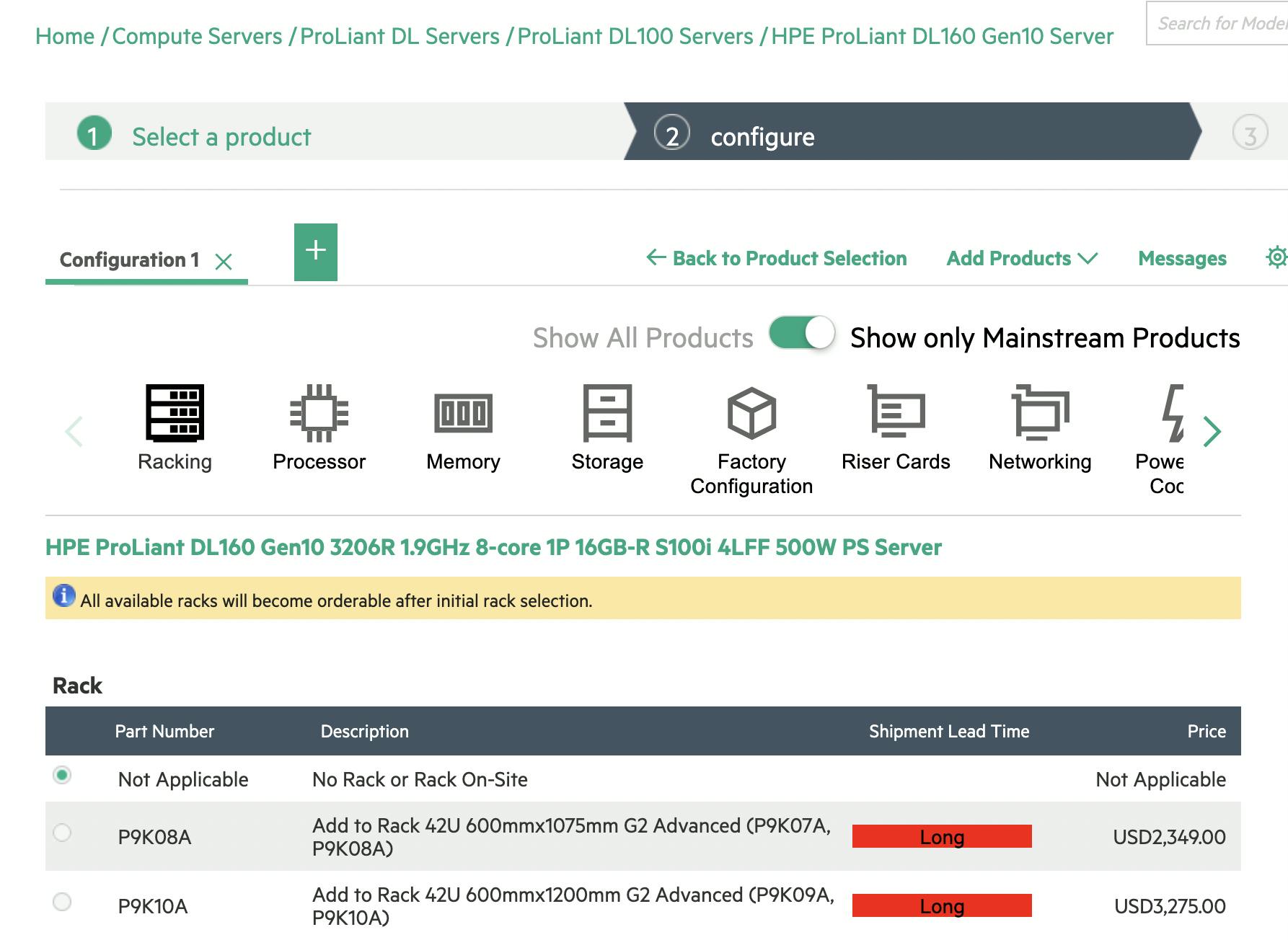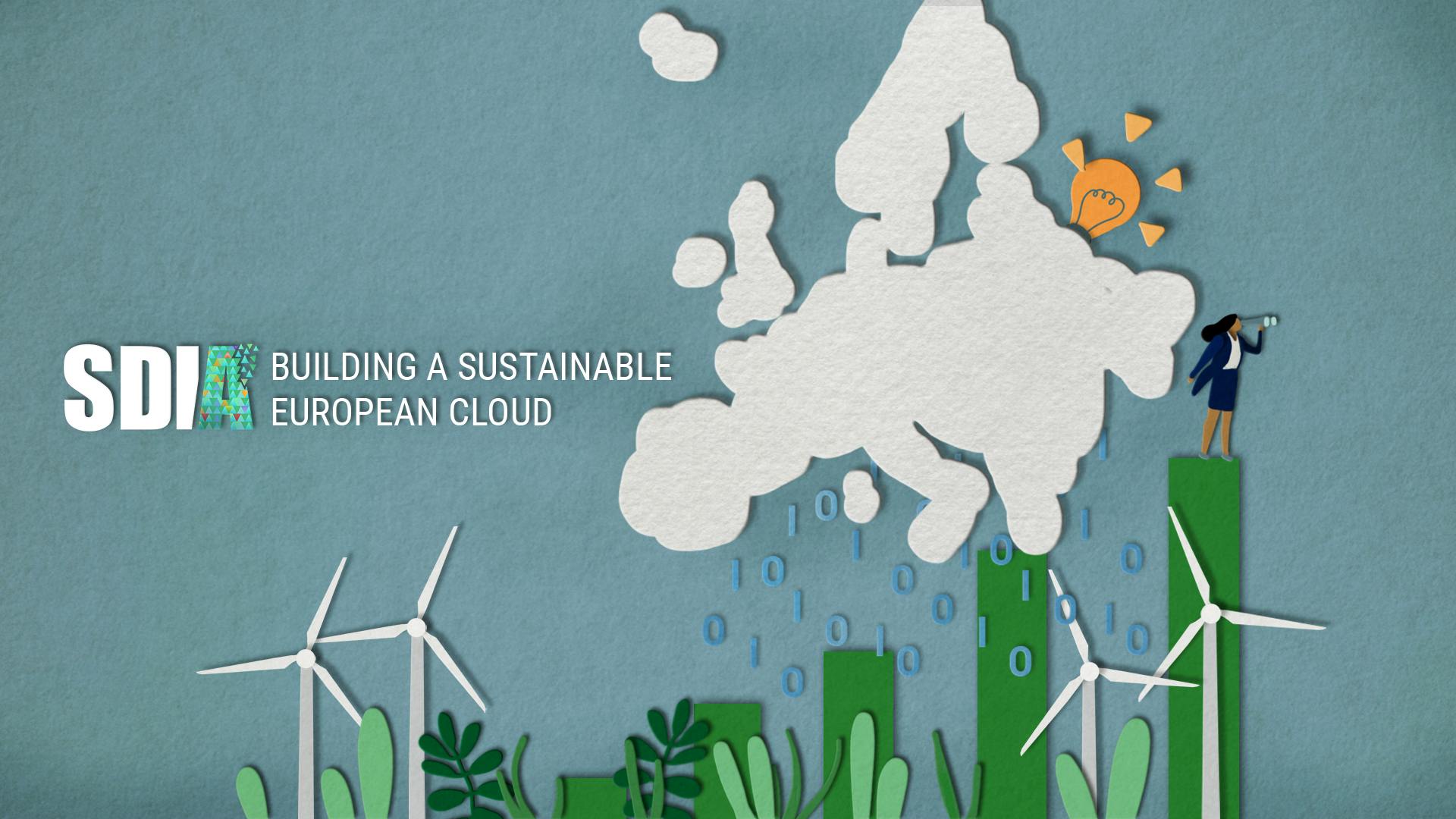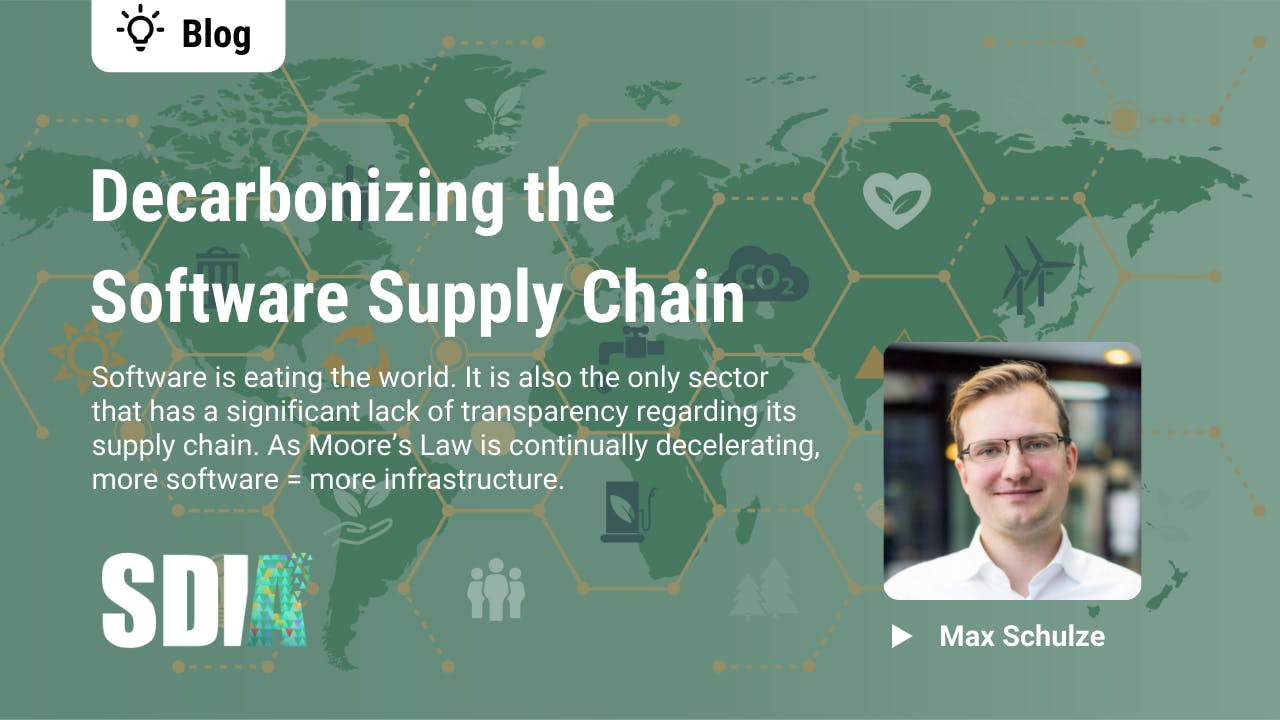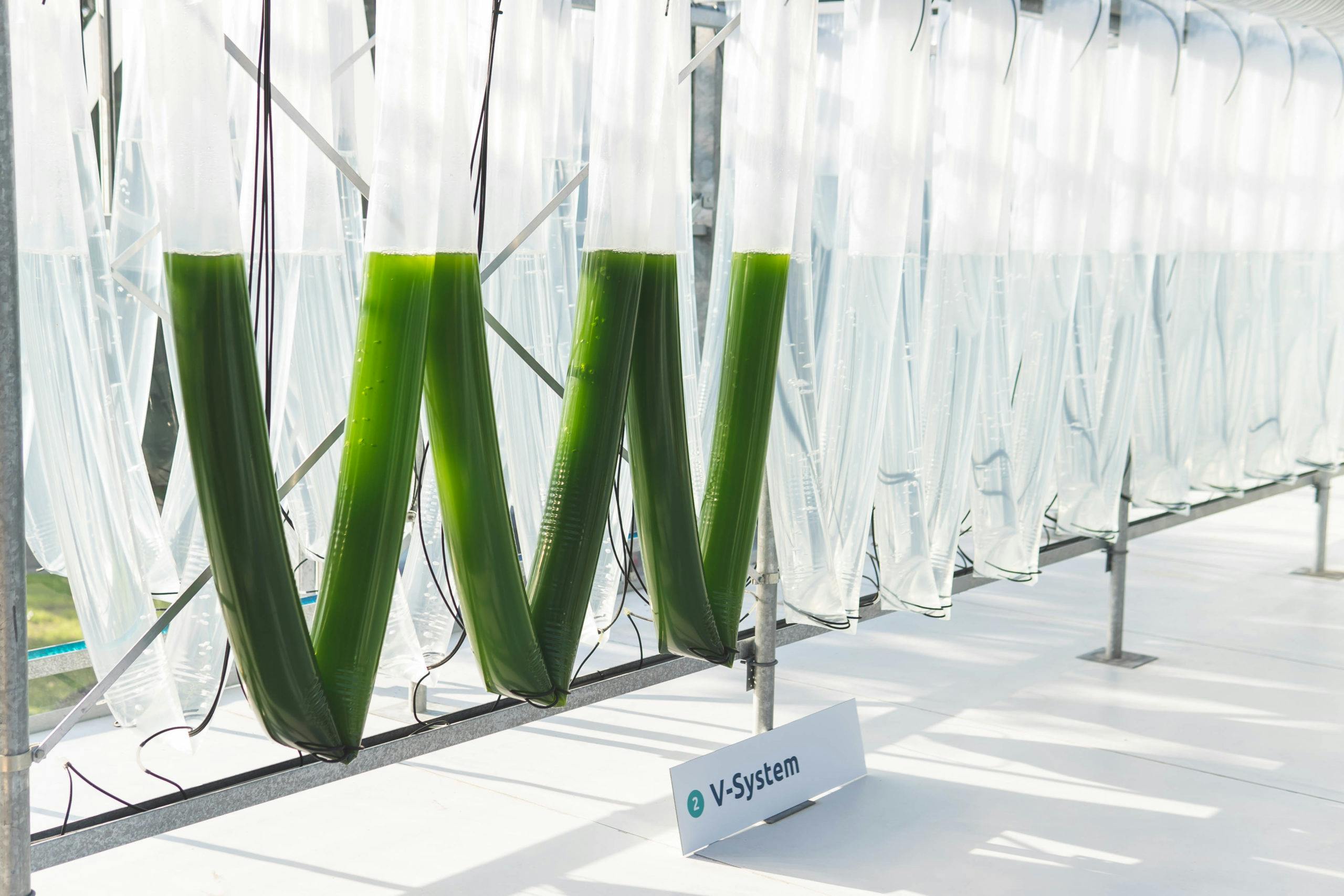How does one determine in which configuration a lifecycle assessment should be made? As the minimum and maximum configurations per server vary greatly. However, there are a few different approaches to make this work, two examples are:
- Group and classify servers into categories (low-grade compute, mid-grade, storage, blade-system, etc.) and define a standard maximum and minimum configuration per server type that can be used across all manufacturers
- Define the lifecycle costs per component and turn the configuration tool into a ‘block-by-block’ lifecycle tool, as each component in the server itself has an environmental footprint. This way, the lifecycle assessment is per configuration and not per product line.
In both cases, it requires the manufacturers to agree on the approach, otherwise, the resulting information is not useful for determining the environmental footprint of software.
When the PAIA methodology was developed, it was actioned by a pre-competitive consortium. This approach could be utilized again, to create an open data platform for server hardware lifecycle data, with the SDIA serving as the platform for hosting the consortium and infrastructure.
To make it useful, manufacturers need to offer machine-readable LCA data
One aspect that is often forgotten when making assessments or sustainability reports is that for it to be truly useful, the data it contains should be machine-readable.
Take the example of a server — if I own a fleet of 1.000 different servers, all managed within my CMDB or IT Inventory system, and want to determine the footprint per server or my total portfolio, I can not manually find the kilograms of CO2-eq from PDF documents. I need a database that I can query with the server name and configuration which returns the LCA data for the server, including CO2-eq.
Boavizta, a group of developers and consultants committed to sustainable IT in France, has converted the PDFs of Apple, HPE, Dell, and many other manufacturers into such a machine-readable database.
The company uses an Open Database license to enable as many people as possible to benefit from it. But extracting data out of PDFs is difficult to maintain, and not in the interest of manufacturers, as the PDF simply represents a one-time snapshot of the lifecycle data, without taking into account the most recent improvements.
An open database, in which manufacturers can submit their lifecycle data, make regular updates, and specify configurations is the logical way forward. Such an open database would enable comparability, research, but most importantly it would enable software applications to make a first step in taking into account the environmental impact of their own infrastructure.
It’s time that server manufacturers come together, and create a collaborative database
Competing on the environmental impact of products will be a significant part of the future marketplace. Transparency enables this competition and opens a new field of differentiation for an otherwise commoditized hardware manufacturing sector (OEMs).
Aside from this every IT department, every procurement, and sustainability officer needs to include the embodied carbon of the IT infrastructure, including servers into their reports. Where will they obtain reliable information to do so?
The time is now to leapfrog forward together and create an open database for the lifecycle data of server equipment. It’s happening now - will you lead or will you follow?
%20(5).png?ixlib=gatsbyFP&auto=compress%2Cformat&fit=max&w=1280&h=720)
.jpg?ixlib=gatsbyFP&auto=compress%2Cformat&fit=max&rect=0%2C44%2C600%2C800&w=600&h=800)




